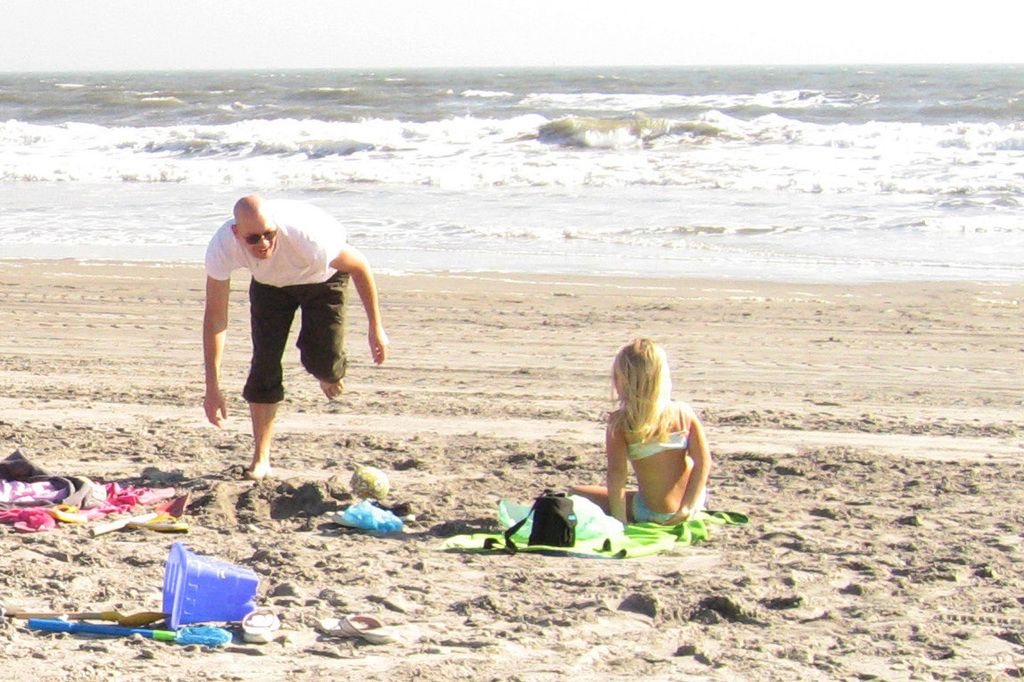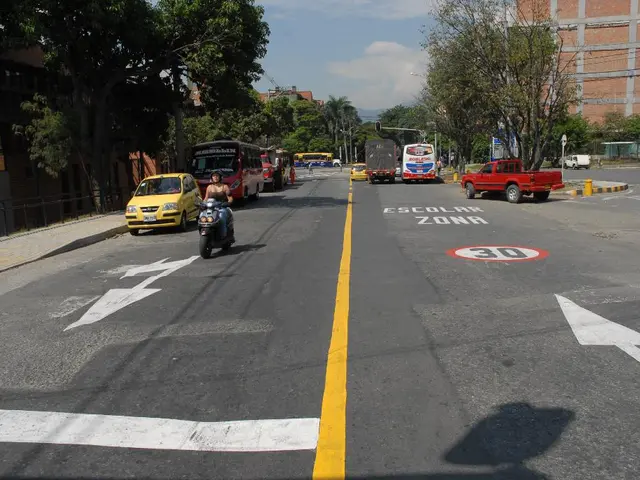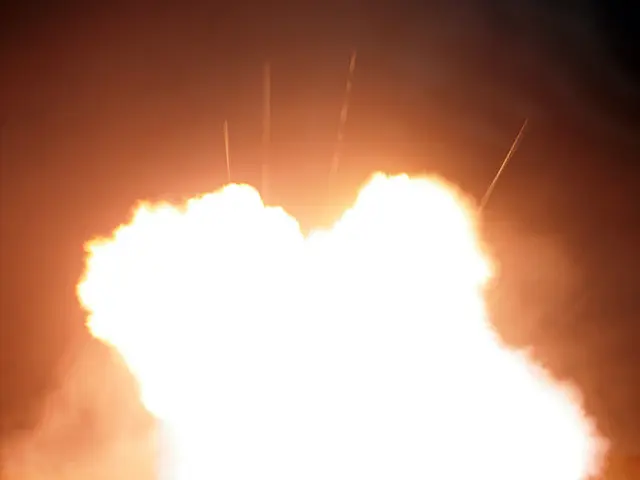teachers in short supply, German schools leaning on lateral hires
Witnessing a teacher shortage, schools across Germany are increasingly turning to lateral entrants for assistance. Per reports, an astounding 66% of principals employ individuals without formal teaching credentials in their schools, a number that's up from 37% just five years ago, as revealed by a Forsa survey conducted among over 1,300 prominent heads in the education sector.
This pressing instructor shortage remains the primary concern for 62% of principal respondents, a slight dip from the 69% figure reported last year. Challenges such as inclusion and integration, combined with sky-high workloads and time constraints, contribute to the difficulties these leaders face.
Half of all principals disclose that educator positions went vacant at the start of the current school year, with 17% revealing even more than three empty positions. Lateral entrants are actively being sought out across all school types, including secondary, intermediate, comprehensive, and special education establishments.
The VBE (Association of Education and Schooling) has identified a clear correlation between the severity of the teacher shortage and the difficulty in filling vacancies. In localities with challenging teacher recruitment markets, the scarcity is particularly pronounced.
While the VBE maintains a somewhat skeptical stance towards the recruitment of lateral entrants, there's potential for them to serve as an encouraging shift in the landscape. A silver lining emerges as lateral entrants can potentially alleviate the acute shortage, providing hope for the future.
However, three out of four principals anticipate continued struggle with the teacher shortage over the near future. Schools faced with the most substantial challenges tend to include secondary, intermediate, and comprehensive institutions, along with special education centers.
The VBE is also vocal in its opposition to the proposed legal entitlement to all-day childcare in elementary schools (OGS), which will roll out nationally starting in 2026/27, initially focusing on the early years. One-third of principals express concerns that their respective localities will struggle to implement the OGS by the 2026/27 school year.
In summary, the teacher shortage compels schools in Germany to explore alternative solutions, including lateral entrants. While the integration and training of these individuals present challenges, there exists the potential for fresh perspectives and innovative teaching methods to positively impact the educational community.
Additional Insights
New educational pathways and changes to existing training programs for lateral entrants aim to enhance the resources available for prospective teachers, helping to broaden the pool of individuals with the necessary qualifications. This approach can include on-the-job training, mentorship, and continuous professional development tailored to the specific needs of schools and students.
Programs like the pilot project in Saxony-Anhalt integrate practical elements into the courses. This hands-on approach can better prepare lateral entrants to meet the demands of the profession, ensuring that they can deliver quality education to students. Although introducing lateral entrants presents challenges related to integration, retention, and the blurring of traditional roles, addressing these issues will help to ensure the educational sector remains robust and adaptable.
Source:
Additional Enrichment Data:








